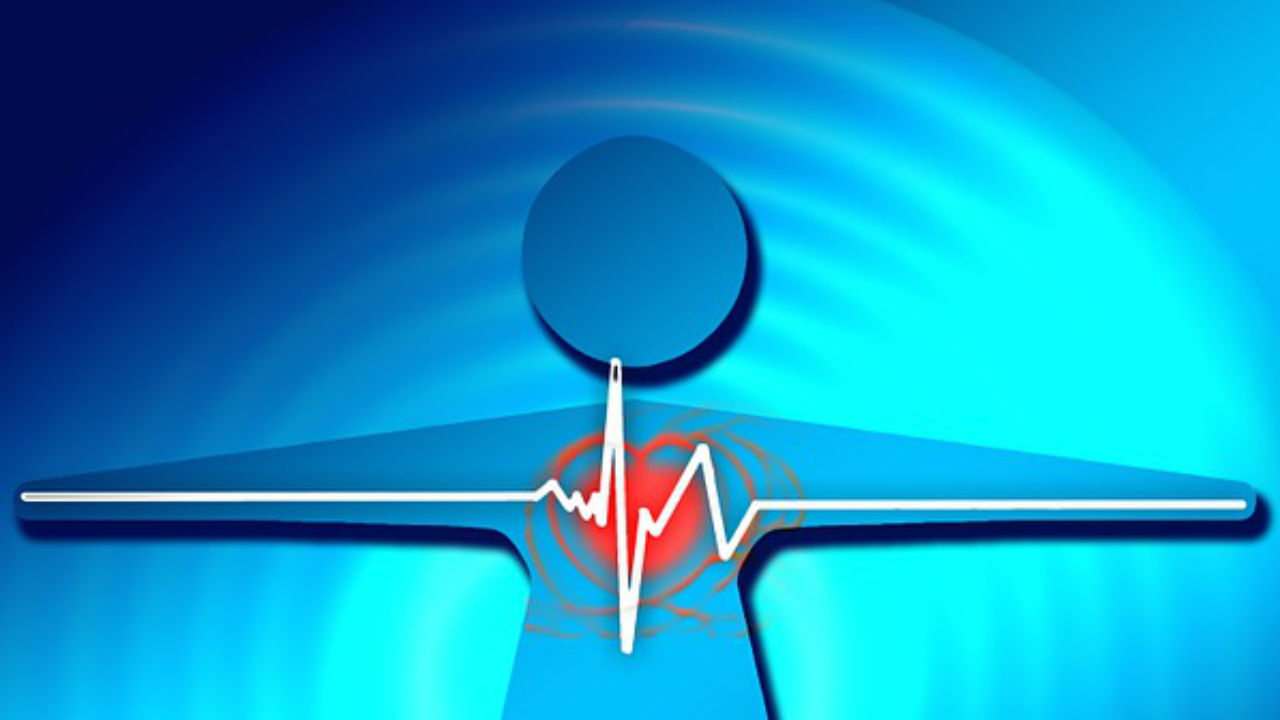What is Pulmonary Stenosis
The lungs can only do their job when all the body's systems are working properly. Their function is particularly affected by anything that compromises the heart's function. If something is wrong with the heart, the lungs' capability of oxygenating blood and clearing carbon dioxide out becomes impaired.
Normal heart function involves the four ventricles (chambers) of the heart working together to pump oxygen-poor blood to the lungs and oxygenated blood out to the rest of the body. The pulmonary artery is responsible for delivering oxygen-poor blood to the lungs. The aorta is responsible for delivering the oxygenated blood to the rest of the body.
A normal heart's structure includes valves at the junctions between the particular ventricles and the arteries so that blood only flows one way. In the case of the pulmonary stenosis, it is the pulmonary valve that is malformed and unable to open completely.
A normal valve is comprised of three "leaflets." There are three main issues with these leaflets that can affect optimal blood flow and heart and lung function:
- a valve with only one or two leaflets instead of three
- a valve where the leaflets are partially fused together
- a valve with thick leaflets that cannot open all the way
The severity of pulmonary stenosis and the subsequent symptoms varies according to the amount of blockage. For example, the greater the extent of the obstruction, the harder the heart has to work and the higher a person's blood pressure will be.
Pulmonary stenosis is a congenital disease--that is, it is present at birth. Since the heart develops during the first eight weeks of pregnancy, it is assumed that something during that process does not happen as it should. In the vast majority of cases, there is no clear reason why such a deformity occurs. In the smaller amount of cases, the deformity is genetic.
"Pulmonary stenosis is a component of half of all complex congenital heart defects. Pulmonary stenosis is the second most common congenital heart defect, composing 5 to 10 percent of all cases" (www.childrenshospital.org).
Symptoms, Treatments, and Prognosis
As with most conditions, the severity of the symptoms varies from patient to patient and depending on the severity of the defect. Children with mild stenosis may not experience any symptoms at all, or symptoms may show up with other heart conditions later on in life.
There are several symptoms that will lead doctors to determine pulmonary stenosis, such as:
- high blood pressure (monitored through ECG)
- fluid retention, swelling - feet, ankles, face, eyelids, abdomen
- increased size of the right ventricle (usually visible on a chest X-ray)
- irregular heart sounds/rhythm (murmur)
- fewer wet diapers or need to use the bathroom
The irregular heart rhythm/sound is audibly detectable through a stethoscope. "[T]he first heart sound is normal followed by an ejection click. The shorter the distance from S1 [that first heart sound] to the click, the more severe is the pulmonary stenosis" (http://pediatriccardiology.uchicago.edu).
Other symptoms may include:
- shortness of breath on exertion
- fainting
- fatigue
- chest pain
- cyanosis
Treatment usually focuses on improving the opening of the valve. In most cases, a cardiac catheterization is usually carried out through a balloon valvuloplasty. This balloon will be inflated inside the valve to help stretch the opening. Surgery may be necessary in some cases, usually with severe blockages, where pulmonary valve replacement or surgical separation of the valve leaflets may be necessary.
Where the severity of the condition is mild, or has been successfully treated with the balloon valvuloplasty, many children can engage in normal activities without precautions or medications. Routine follow-ups will likely be scheduled, however, to monitor the heart's condition and to ensure that the obstruction doesn't worsen again.
Children who have had more extensive surgery, such as pulmonary valve replacement, will need to have prophylactic (preventative/precautionary) antibiotics prior to any future invasive medical and dental procedures for the rest of their lives.
Sources: www.childrenshospital.org; www.americanheart.org; www.mayoclinic.com; http://pediatriccardiology.uchicago.edu






Add a Comment1 Comments
Tests to diagnose Pulmonary Stenosis include Chest X-Ray, Electrocardiogram, Echocardiogram (ultra sound), Cardiac Catheterization and an MRI(Magnetic Resonance Imaging). The degree of stenosis is determined mainly by the Echocardiogram.
February 19, 2011 - 3:12amFor more visit:heart-consult.com/articles/pulmonary-stenosis-causes-symptoms-diagnosis-and-treatment.
This Comment